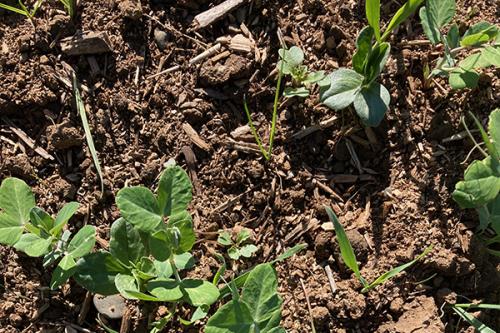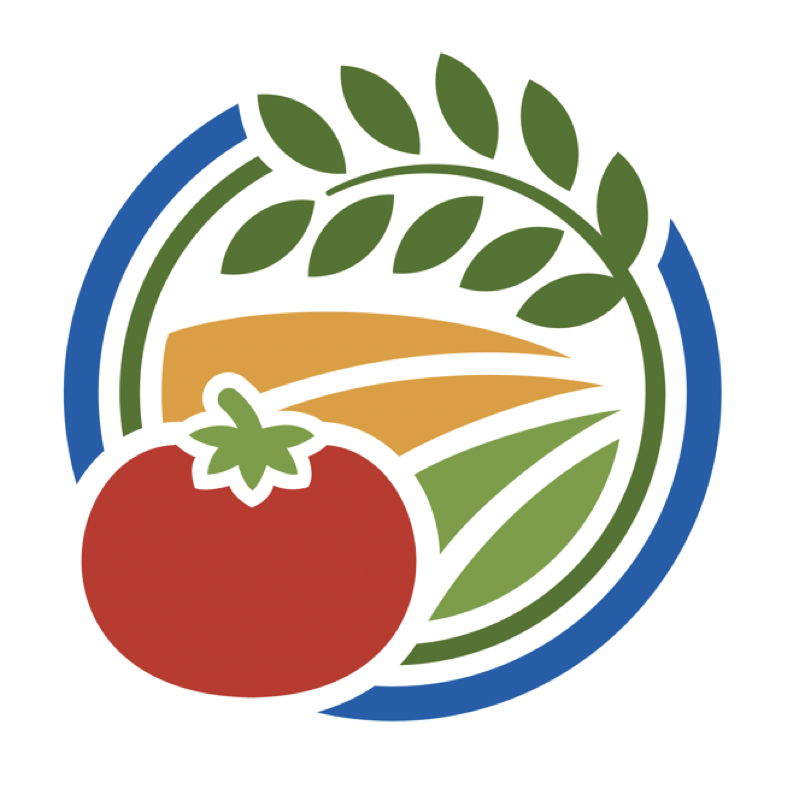
Farm Information
County: Lake
Location: Lakeport
Slope: Flat
Irrigation system: Pull hose, under tree
Soil type: Clay loam, sandy loam, gravelly loam
Soil detail: Clay loam, but variable with sandy/gravelly loam in spots
Special farming challenges: standing water, irrigation water is basic, leads to pH issues when little rainfall
- Cropping Systems Information
- Crop: walnuts
Acres of orchard or vineyard: 30 (15 pears, 15 walnuts)Other crops: no
Acres of other crops: n/a
Organic management: Yes
Certifications: CCOF organic
Certifications notes: Started transitioning blocks in 2004, finished two years ago.
Where using cover crops: Walnuts and pears - Grower Experience, Farm Priorities, and Cover Cropping Goals
- When started farming (yr): 1986
Farm priorities: n/a
Years growing orchard or vineyard crop: 35 years
Years growing cover crops: 35 years. He has planted cover crops since he acquired the walnuts (1986), then started in pears a couple of years ago.
Initial transition to cover cropping: Previous owner of the walnut orchard cover cropped sometimes, so he just continued that when he bought the orchard. He had major problems with standing water and clods of soil, so he went to the UC extension office to get the book on cover cropping, been doing it ever since. Only recently started in pears; it was transitioned block by block as part of a research project.
Goals and benefits: Nitrogen supplement, soil improvement
Benefits description: Soil organic matter, nitrogen fixation. Reduced soil compaction and he can now enter the orchard for machine harvest even the day after a rain.
Change in goals over time: Still the same, but also appreciates the biodiversity, thinks it might be helping with disease cycles, pest control.
Reasons: Has experimented with different management practices over the years, much easier now with a seed drill as opposed to the broadcast seeding he used to do, he also experiments with how he mows. - Cover Crop Details, Planting and Management Methods
-
Block described here: Walnuts
Current cover crops: Legumes, grasses
Species and mixes: Biobuilder mix: 40% cayuse oats, 30% bell beans, 20% biomaster peas, 10% common vetch
Planting method: Drill seed, broadcast seed
Planting date (2020): November. Used to be before walnut harvest (while rolling) but now no-till drilling.
Was that optimal? A little later this year because of late harvest. Also wanted to rework ground because of poor germination.
Pre-plant soil prep: None with no-till drill, used to roll/spring tooth harrow
Planting equipment: No-till drill or broadcast seeder
Seeding rate: 100lbs/acre
Seeding depth: n/a
Did it germinate well? Yes
Additional management and advice: Also adds chicken manure to his orchards. Used to broadcast, but felt like it was getting lost in the cover crop (and the cover crop already is providing some nitrogen there) so is now banding along the tree row. - Cover Crop Termination Methods and Biomass Management
-
Termination method: Mow
Termination equipment and process: Rotary mower, flail mower
Termination date: March 17 rotary mowed brush high, May 7 termination at end of frost season with a flail mower.
Was it optimal? n/a
Biomass management: n/a - Cover Cropping Challenges and Strategies to Address Them
- Challenges: Competition for water
Challenges description: Water competition late season/pre harvest
Strategies to address challenges: Flail mows the cover crop close to the ground pre-harvest.
Was the cover crop worth it? n/a
Least successful past cover crops: Vetch climbed too much, buried his pull hose.
